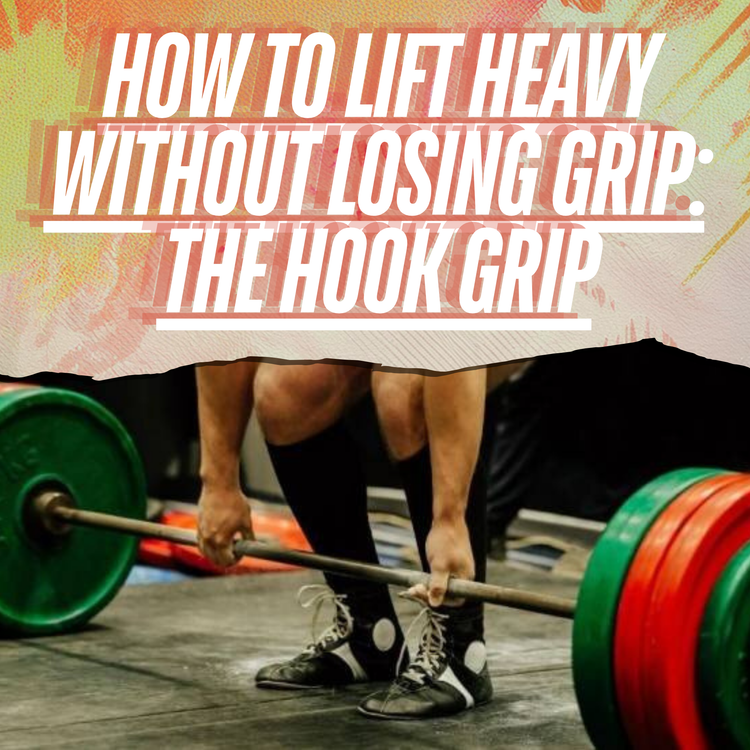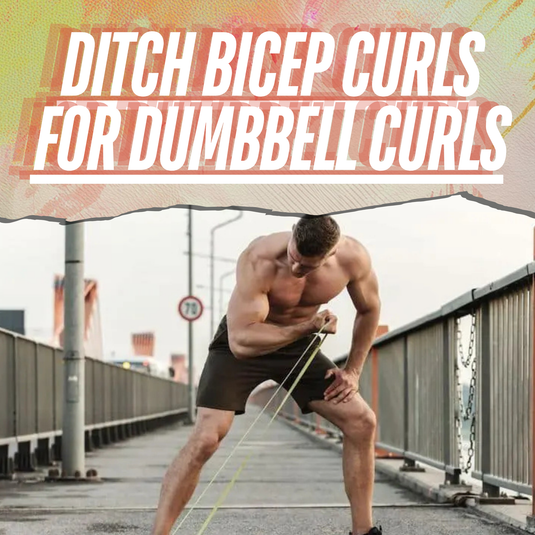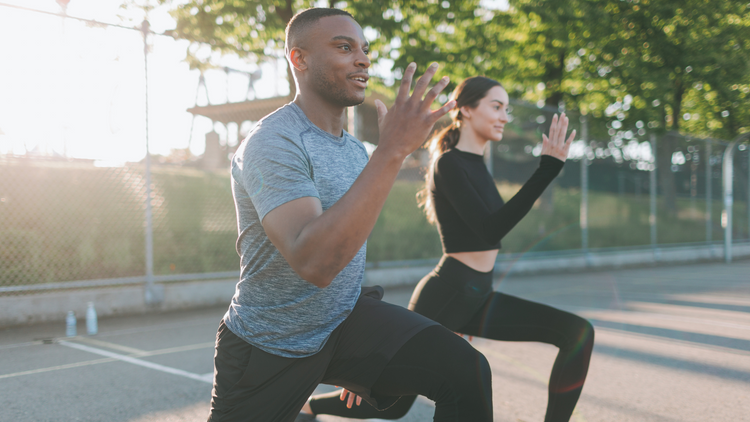Hook Grip for Deadlifts: How to Lift Heavy Without Losing Grip

⏱️ Estimated Read Time: 6 minutes
🧠 TL;DR
- Hook Grip for Deadlifts: How to Lift Heavy Without Losing Grip offers effective, accessible movements for targeted results.
- This guide is designed to help you move smarter, build strength, and stay consistent.
✍️ Summary
This post explores hook grip for deadlifts: how to lift heavy without losing grip in a way that’s actionable and easy to follow. Whether you're new to this style of training or leveling up, it includes practical takeaways for your routine.
📚 Table of Contents
Deadlift Hook Grip: Tips & Tools for Your Lifting Journey
If you're looking to up your weightlifting game, mastering the deadlift hook grip is a smart move. This technique offers a secure hold on the barbell, letting you focus on strength and form without worrying about slips. Dive in as we break down the essentials of the hook grip, its benefits, and how you can enhance your lifting experience with the right tools.
Understanding the Deadlift Hook Grip
Think of the hook grip as giving your barbell a firm handshake. By wrapping your thumb under your fingers, you create a solid lock that's perfect for heavy lifts. It's different from the usual overhand grip, where all fingers wrap in the same direction. Here's why the hook grip is a game-changer:
- Boosted Grip Strength: Locking the thumb under the fingers amps up your grip, making those heavy lifts a breeze. Curious why grip strength matters? Check out the 6 Benefits of Grip Strength.
- Safety First: A secure grip means less chance of dropping the barbell, keeping injuries at bay.
- Performance Gains: With a reliable grip, you can focus on your form and strength, enhancing your overall performance.
Whether you're new to lifting or a seasoned pro, the hook grip can elevate your deadlifting game.
Mastering the Hook Grip
Ready to master the deadlift hook grip? Follow these steps to get started:
- Hand Positioning: Wrap your thumb around the barbell, ensuring it's snug against the bar. Need the right gear? Check out our barbell collection.
- Finger Wrap: Use your index and middle fingers to lock over your thumb, creating a secure grip.
- Find Your Comfort Zone: Grip tightly but comfortably—no need to squeeze like it's a stress ball!
- Practice Makes Perfect: Start with lighter weights to get the hang of it, then gradually increase as you build confidence.
Remember, practice and patience are key. Keep at it, and you'll nail the hook grip in no time.
Enhancing Your Lifting with Tools
Why stop at the hook grip? Use tools like lifting hooks and lifting slings to boost your performance:
- Lifting Hooks: These support your wrists, helping you maintain a strong grip during heavy lifts.
- Lifting Slings: They offer wrist support and help distribute weight evenly, reducing finger strain.
For more on comfort benefits, check out the study on exercise and sports equipment ergonomics. These tools can help you lift safely and comfortably.
Barbell Pad, Weightlifting Tape, and Their Role in Deadlifting
Every little advantage counts in deadlifting. That's where the barbell pad and weightlifting tape come into play:
- Barbell Pad: While mainly for squats, it cushions the barbell, making warm-ups more comfortable.
- Weightlifting Tape: Provides extra grip strength by adding friction between your hands and the bar. Wrap it snugly around your thumbs and fingers for best results.
Conclusion and Next Steps
Mastering the deadlift hook grip is your ticket to better lifts. By understanding the technique and using the right tools, you can lift more effectively and safely. Ready to take your fitness journey further? Explore Living.Fit's digital workouts and home workout equipment to enhance your routine. And don't forget to check out our resistance bands to boost workout safety and effectiveness. Whether you're at home or in the gym, we're here to support your fitness goals!
Want more guidance? Check out our Weekly Dumbbell Workout #1.
📝 FAQs
How often should I do these exercises? +
2–3 times per week is a good starting point for most people.
Do I need equipment? +
Many of these can be done with just your bodyweight or a single kettlebell or dumbbell.
Can beginners do these routines? +
Yes! These movements are designed to scale with your fitness level.






